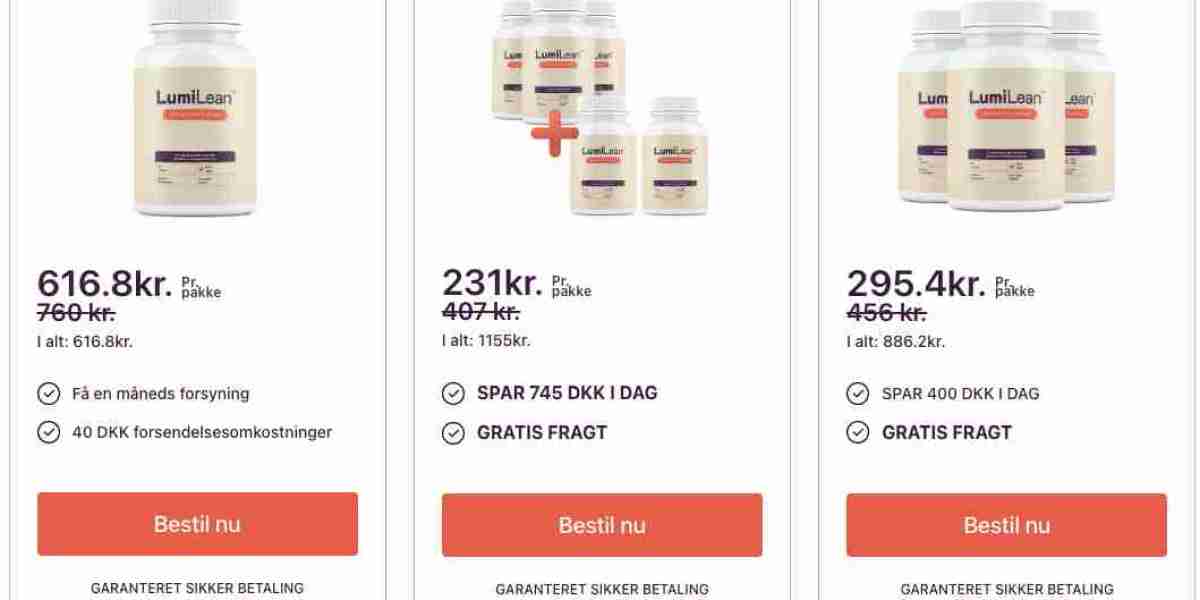When it comes to reducing stubborn fat and achieving a more sculpted body, many individuals seek out cosmetic procedures to help them reach their goals. Two of the most popular options for fat reduction are liposuction and fat melting injection. While both treatments aim to reduce fat in targeted areas, they differ in several key aspects, including the procedure, recovery time, effectiveness, and suitability for different individuals. In this blog, we will explore the main differences between liposuction and fat melting injections, helping you make an informed decision about which treatment may be right for you.
What Is Liposuction?
Liposuction, also known as lipoplasty, is a surgical procedure that removes excess fat from specific areas of the body. It is one of the most widely performed cosmetic surgeries worldwide and is typically used for more significant fat removal. During the procedure, a small incision is made in the skin, and a thin tube called a cannula is inserted into the fat layer. The cannula is used to suction out fat cells, which are then permanently removed from the body.
Liposuction is often performed under local anesthesia with sedation or general anesthesia, depending on the extent of the procedure. It can be used to treat larger areas, such as the abdomen, thighs, hips, love handles, and arms, and is effective for contouring the body and reducing fat in a single session.
What Are Fat Melting Injections?
Fat melting injections, also known as lipolytic injections, are a non-surgical, minimally invasive treatment designed to reduce localized fat in targeted areas. The primary ingredient in most fat melting injections is deoxycholic acid, a naturally occurring substance in the body that helps break down and absorb dietary fat. When injected into the fat layer, deoxycholic acid destroys fat cells, which are then gradually eliminated by the body’s natural processes.
Fat melting injections are commonly used to treat smaller areas of fat, such as the double chin, love handles, under the arms, and thighs. The procedure is relatively quick and typically requires no anesthesia, making it a popular choice for individuals seeking a non-invasive alternative to liposuction.
Key Differences Between Liposuction and Fat Melting Injections
While both liposuction and fat melting injections can help reduce unwanted fat, they differ significantly in terms of the procedure, effectiveness, recovery, and suitability for different individuals. Below, we will explore the key differences between these two fat reduction methods.
1. Procedure Type
The most fundamental difference between liposuction and fat melting injections is the type of procedure involved. Liposuction is a surgical procedure that physically removes fat cells from the body, whereas fat melting injections are a non-surgical, injectable treatment that dissolves fat cells, which are then naturally eliminated by the body.
Liposuction involves incisions, anesthesia, and the use of specialized equipment to suction out fat. The procedure is typically more invasive and requires a recovery period. On the other hand, fat melting injections are minimally invasive, typically requiring only a few small injections in the targeted areas, with no incisions needed.
2. Target Areas and Fat Reduction Capacity
Liposuction is ideal for individuals who have larger areas of fat to remove and are seeking more dramatic results. Liposuction can treat multiple areas of the body at once, such as the abdomen, thighs, arms, and back, and is capable of removing larger volumes of fat in a single session.
Fat melting injections, however, are better suited for smaller, more localized areas of fat. The most common area treated with fat melting injections is the double chin, but they can also be used on areas such as the love handles, inner thighs, and knees. While fat melting injections are effective at reducing small pockets of fat, they are not designed to treat larger or more extensive areas in the same way that liposuction can.
3. Invasiveness and Recovery Time
One of the most significant differences between liposuction and fat melting injections is the level of invasiveness involved. Liposuction is a surgical procedure that requires incisions, the use of anesthesia, and a recovery period. After liposuction, patients may experience bruising, swelling, and discomfort, and they often need a few weeks to fully recover. In some cases, there may be scarring at the incision sites.
In contrast, fat melting injections are non-invasive, with no incisions or anesthesia required. The procedure is quick, usually taking between 15 to 30 minutes, and most patients experience minimal discomfort. While there may be some swelling, redness, or bruising at the injection site, the recovery time is much shorter compared to liposuction. Many individuals can return to their normal activities immediately after the treatment.
4. Effectiveness and Results
Both liposuction and fat melting injections can produce significant fat reduction, but they differ in terms of the extent and speed of results. Liposuction provides immediate results, as the fat is physically removed during the procedure. The results are often dramatic, with noticeable changes in body contours right after the treatment. However, it may take several weeks or months for the final results to fully appear as swelling subsides and the body heals.
Fat melting injections, on the other hand, take time to show results. While patients may see some improvement in fat reduction within a few weeks, the full effects of fat melting injections can take several months to become apparent, as the body gradually eliminates the dissolved fat cells. Typically, 2 to 4 sessions of fat melting injections are needed to achieve optimal results, depending on the area being treated and the amount of fat.
5. Suitability for Different Individuals
Liposuction is best suited for individuals who have larger amounts of localized fat that they want to remove in a single session. It is also ideal for people who are in good overall health, have realistic expectations, and are looking for permanent fat removal. However, liposuction is a more invasive option and is not recommended for people who are looking for a non-surgical solution or have medical conditions that may make surgery risky.
Fat melting injections are ideal for individuals who have smaller pockets of fat that are resistant to diet and exercise. They are also a great option for people who are seeking a non-invasive alternative to surgery, have specific areas of fat they want to target, and are not looking for immediate, dramatic results. However, fat melting injections may not be suitable for people with certain health conditions or those who want to treat larger areas of fat.
6. Cost
In general, liposuction is more expensive than fat melting injections because it is a surgical procedure that involves more extensive preparation, anesthesia, and recovery. The cost of liposuction can vary depending on the area being treated, the surgeon’s fees, and other factors. On average, liposuction can cost anywhere from $2,000 to $10,000 or more.
Fat melting injections, being a non-surgical procedure, tend to be more affordable. However, the total cost will depend on the number of sessions required to achieve the desired results and the area being treated. On average, fat melting injections can cost anywhere from $500 to $2,500 per session.
Which One Is Right for You?
The choice between liposuction and fat melting injections ultimately depends on your goals, the amount of fat you wish to reduce, and your preference for surgical or non-surgical treatments.
- Liposuction may be the best option if you have larger areas of fat to remove and are seeking more dramatic, immediate results.
- Fat melting injections are ideal for individuals who have small pockets of stubborn fat and prefer a non-invasive treatment with less downtime.
It is essential to consult with a qualified healthcare provider or cosmetic surgeon to discuss your goals, health history, and treatment options. They can help you determine the best approach based on your specific needs and guide you through the decision-making process.
Conclusion
Both liposuction and fat melting injections offer effective solutions for reducing stubborn fat and achieving a more sculpted body. While liposuction is a surgical procedure that provides dramatic, immediate results, fat melting injections are a non-invasive treatment that works gradually over time. Each option has its advantages, and the right choice for you will depend on factors such as the amount of fat to be removed, your recovery preferences, and your budget. By understanding the differences between these two fat reduction treatments, you can make an informed decision that aligns with your aesthetic goals.







